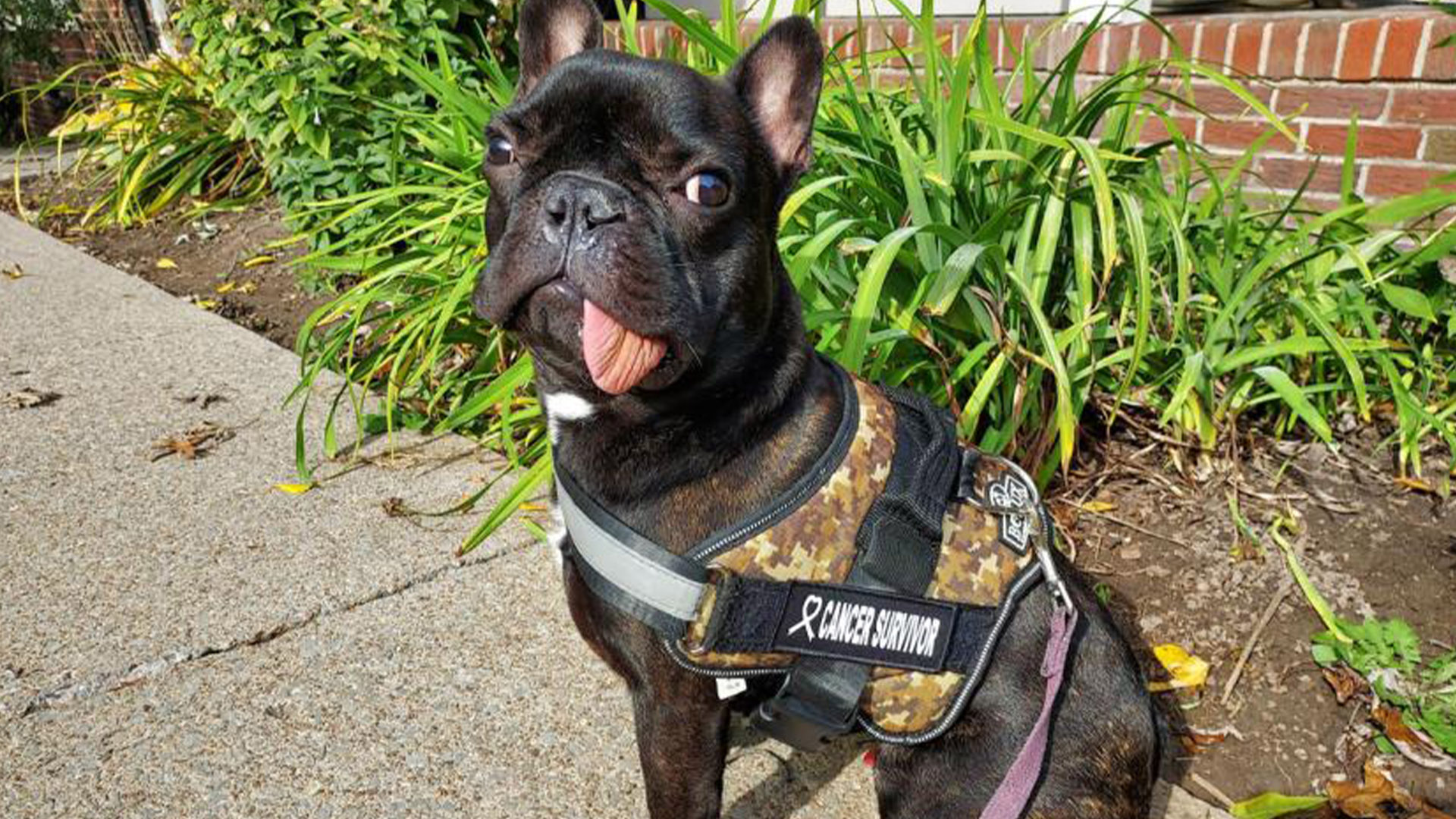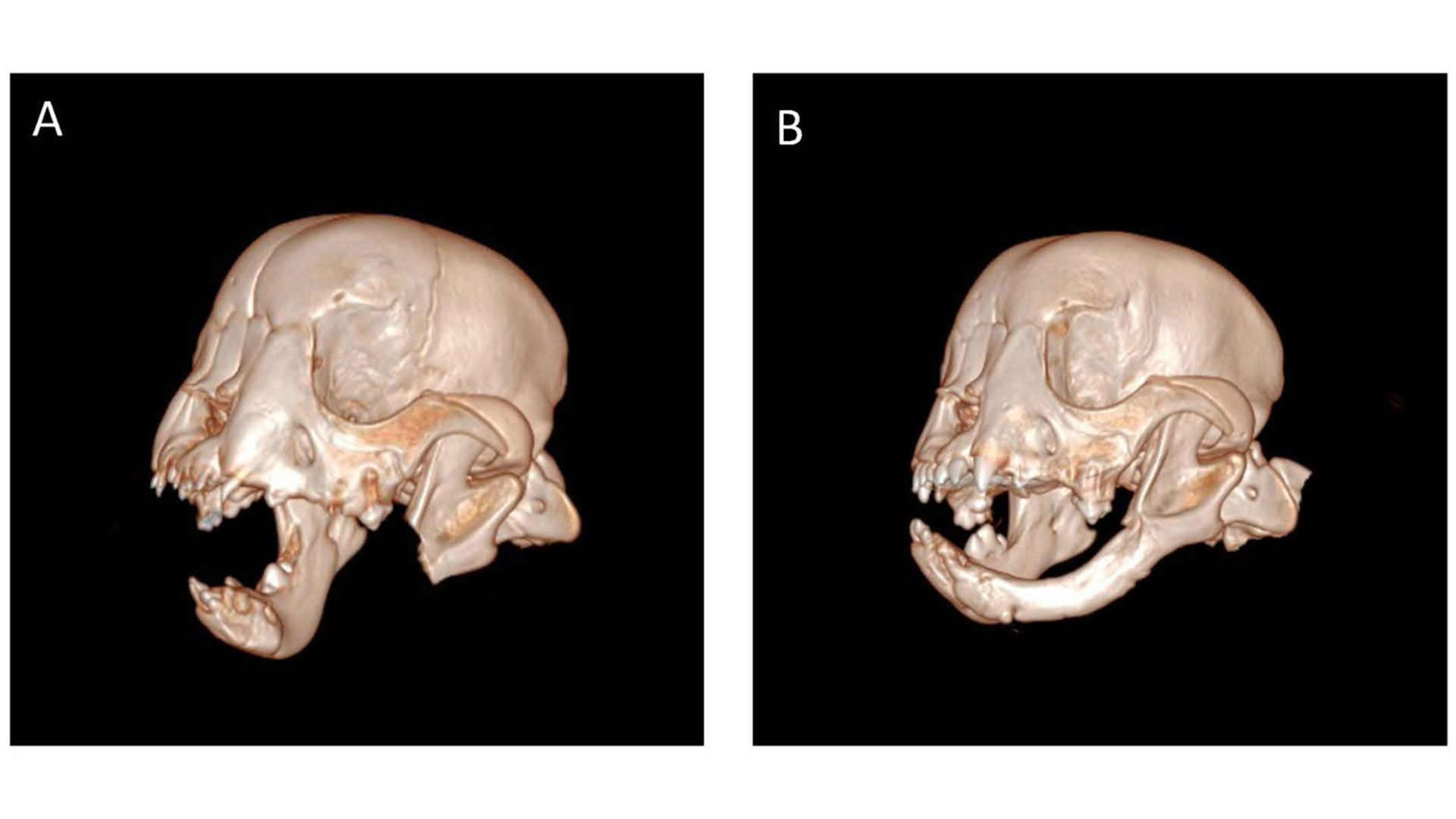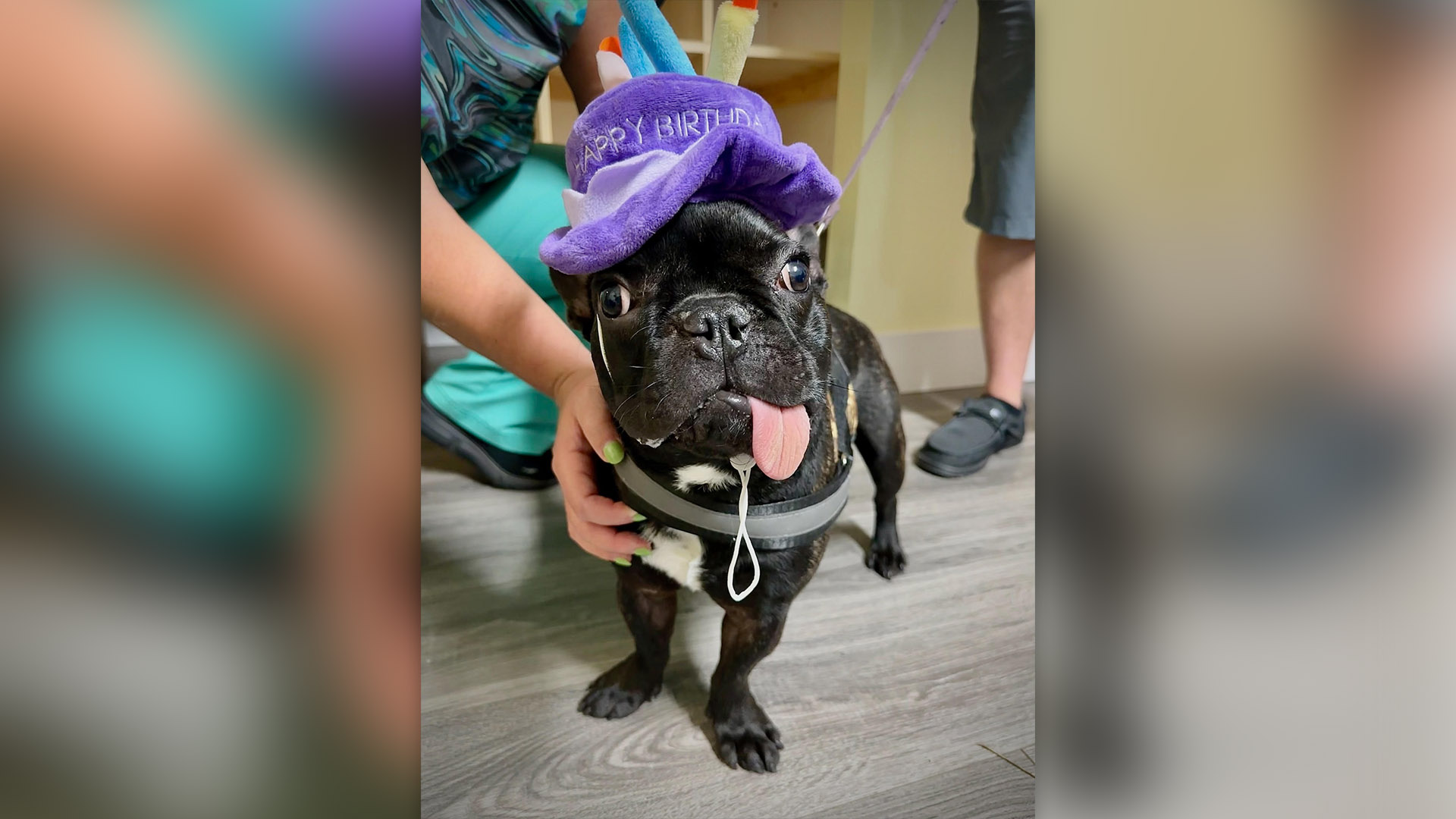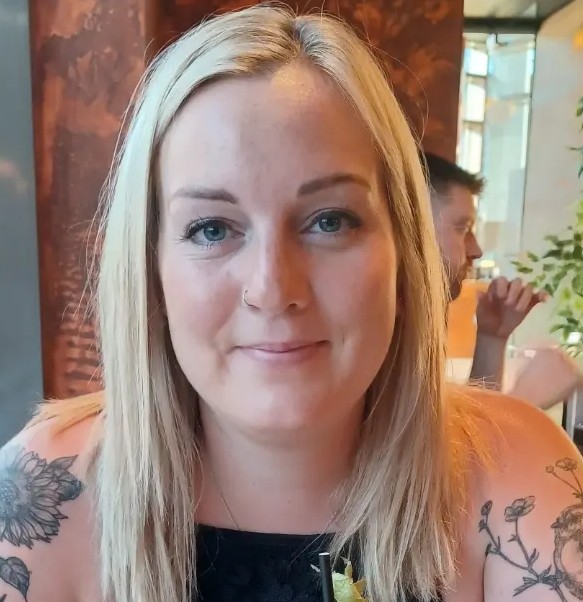French bulldog puppy spontaneously regrows jaw after surgery in 1st known case of its kind
Cornell veterinarians discovered a puppy whose jaw they had surgically removed because of a cancerous tumor had regrown it just eight weeks after the operation.

A puppy has spontaneously regrown his jawbone after part of it was surgically removed because of a cancerous tumor. It is believed to be the first reported case of a dog regenerating its mandible.
Veterinarians at Cornell University College of Veterinary Medicine's Dentistry and Oral Surgery Service first diagnosed Tyson, a 3-month-old French bulldog, with cancer when he was scheduled for surgery on a cleft palate in spring 2023. The tumor was an oral papillary squamous cell carcinoma, a rare type of malignant skin cancer in dogs.
The cancer had not spread to the rest of Tyson's body, so the vets decided to remove the left side of his jaw, which was the affected area.
Astonishingly, when Tyson was examined eight weeks later, veterinarians found that his jaw had begun to regrow. Although this phenomenon has previously been recorded in human children, this is the first time it has been documented in a dog.
Related: Could dogs survive without humans?

According to the case report, published Oct. 11 in the journal Frontiers in Veterinary Science, the regrowth may have occurred because the vets managed to preserve a significant amount of periosteum — a thin membrane that covers the surface of bones — during the operation. Periosteum contains blood vessels, nerves and cells that help bones grow and heal.
"This was likely imperative to the regeneration of new bone," report lead author Alexandra Wright, a dentistry and oral surgery resident who led Tyson's care, said in a statement.The early detection of the tumor likely also played a vital role in the regrowth. If a larger part of the jaw had had to have been removed, it may not have grown back, the authors wrote.
Sign up for the Live Science daily newsletter now
Get the world’s most fascinating discoveries delivered straight to your inbox.

Tyson's new jawbone is functional but it is missing certain features, such as teeth and the mandibular canal, which normally contains blood vessels and nerves. However, it is the same length as the bone on the right, which should prevent mandibular drift. This is a common issue after part of the jaw is removed, causing the unaffected side to be pulled towards the center. There is also no sign that the cancer has returned.
After the tumor was removed, Tyson underwent another surgery to address his cleft palate — an opening between the mouth and the nose that happens when the tissues separating these two cavities do not grow together properly. Although he isn't yet able to chew on hard toys, he enjoys playing with soft toys, his owner Melissa Forsythe said in the statement. "We had no idea his jaw would grow back," she added. "He was the best patient."
The report authors said spontaneous regeneration is unpredictable and that more research is needed to understand the process.
"More has to be done to understand the likelihood of this occurring in other dogs and if a specific age range makes a difference," Wright said. "But this case documents a very positive surgical outcome in a life-threatening situation."

Lydia Smith is a health and science journalist who works for U.K. and U.S. publications. She is studying for an MSc in psychology at the University of Glasgow and has an MA in English literature from King's College London.










